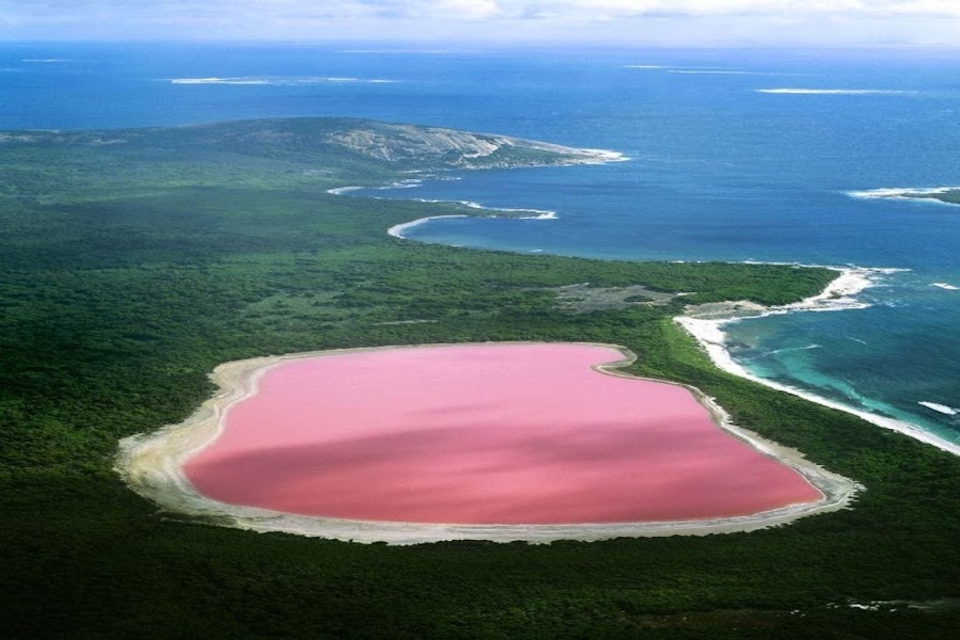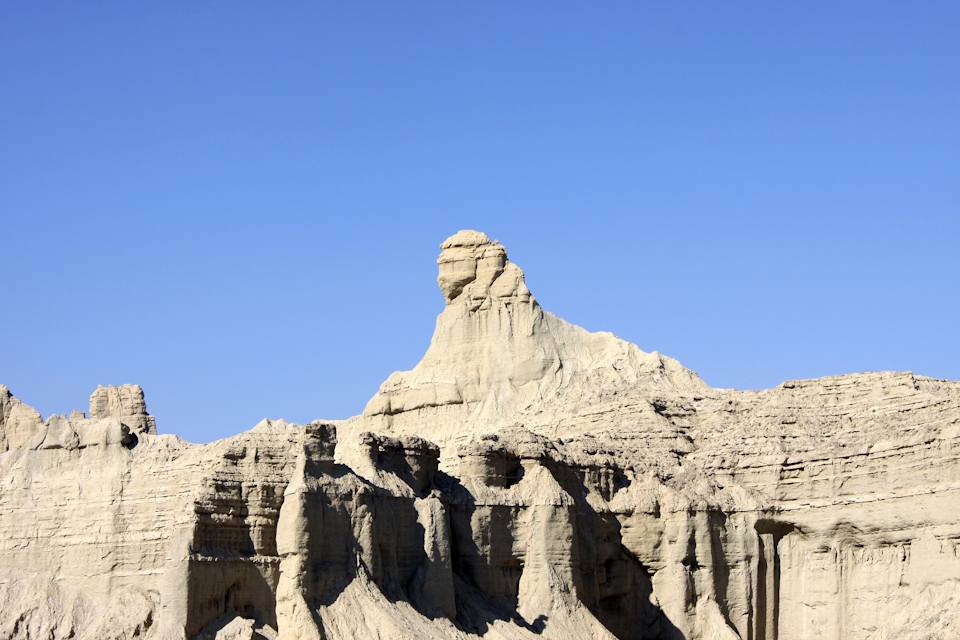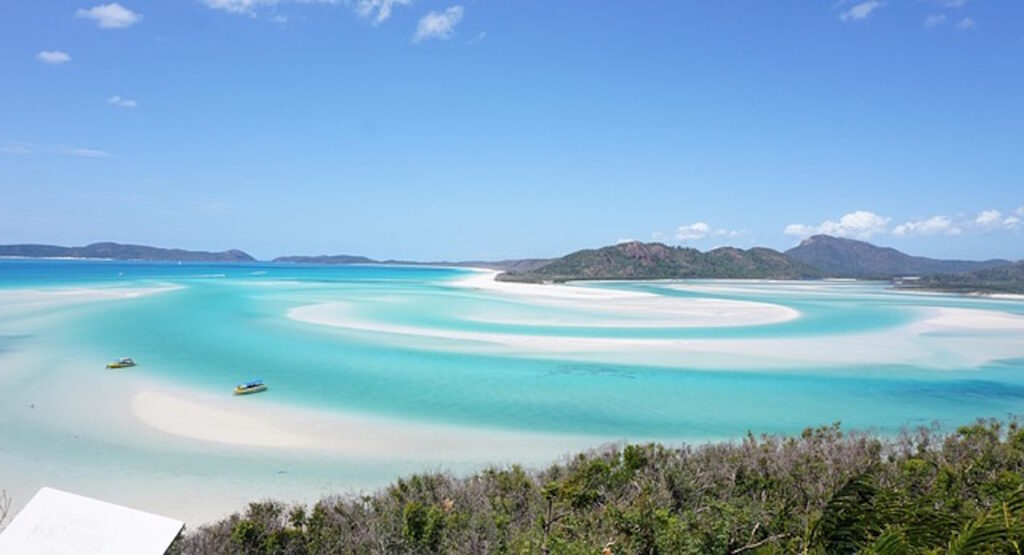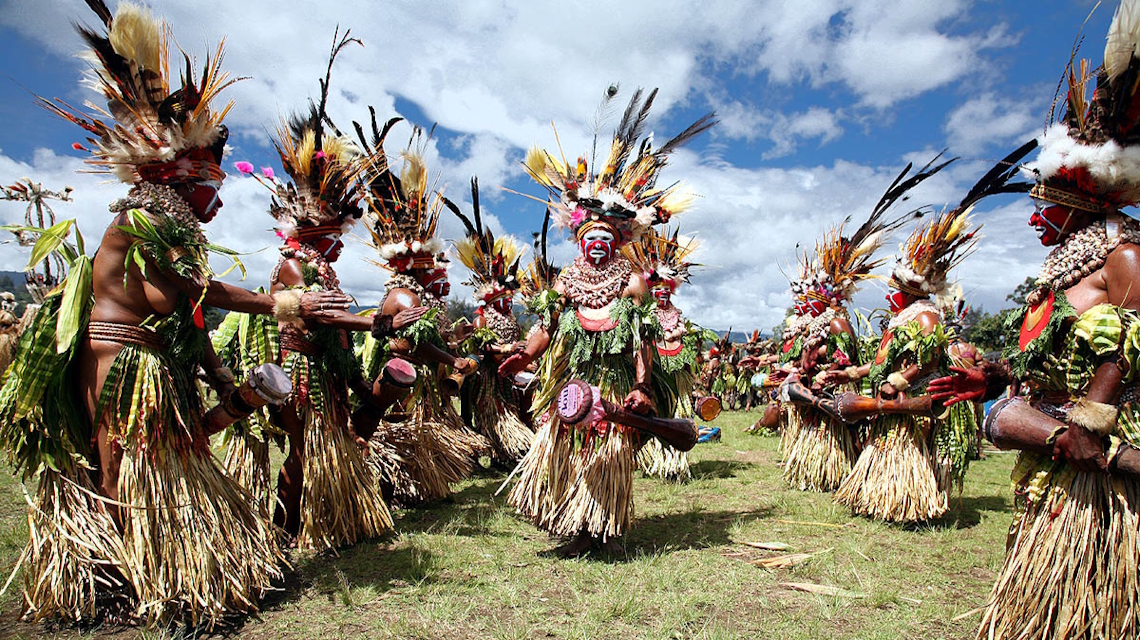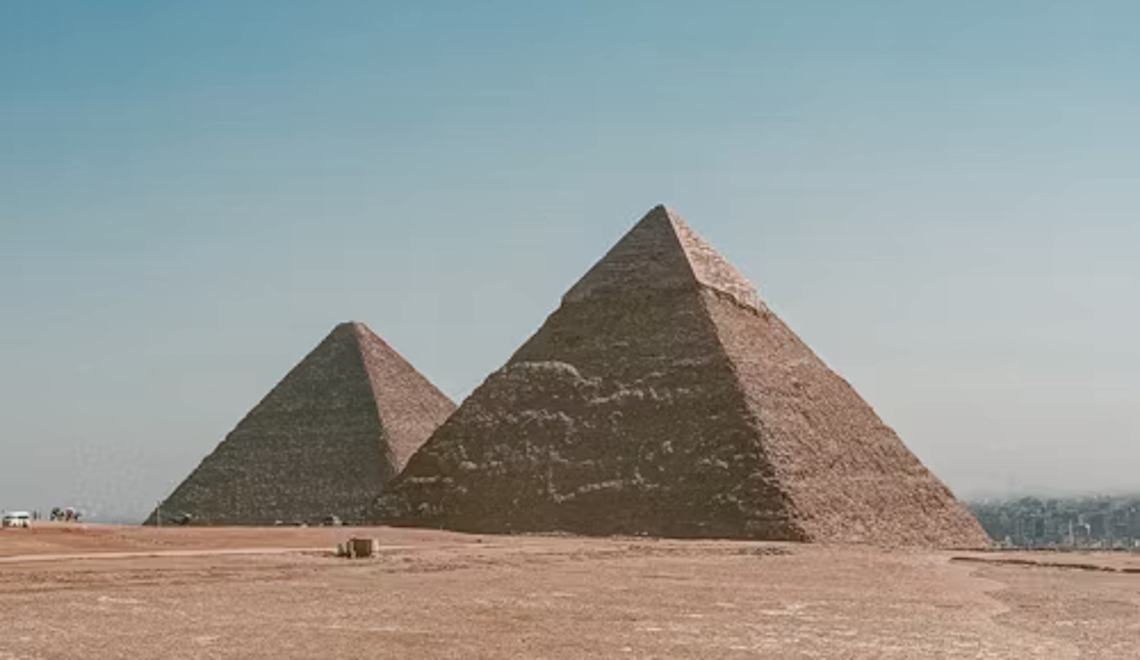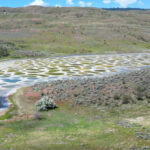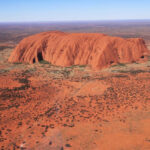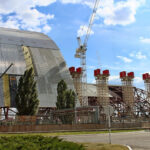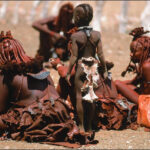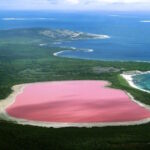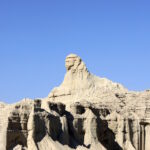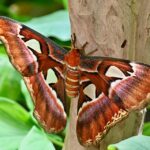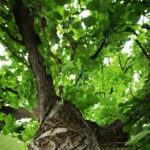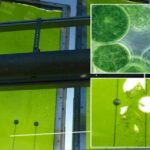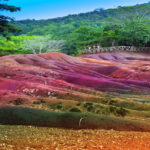Now Reading: Kawah Putih: Myths, Marvels, and Science of the White Crater
-
01
Kawah Putih: Myths, Marvels, and Science of the White Crater
Kawah Putih: Myths, Marvels, and Science of the White Crater
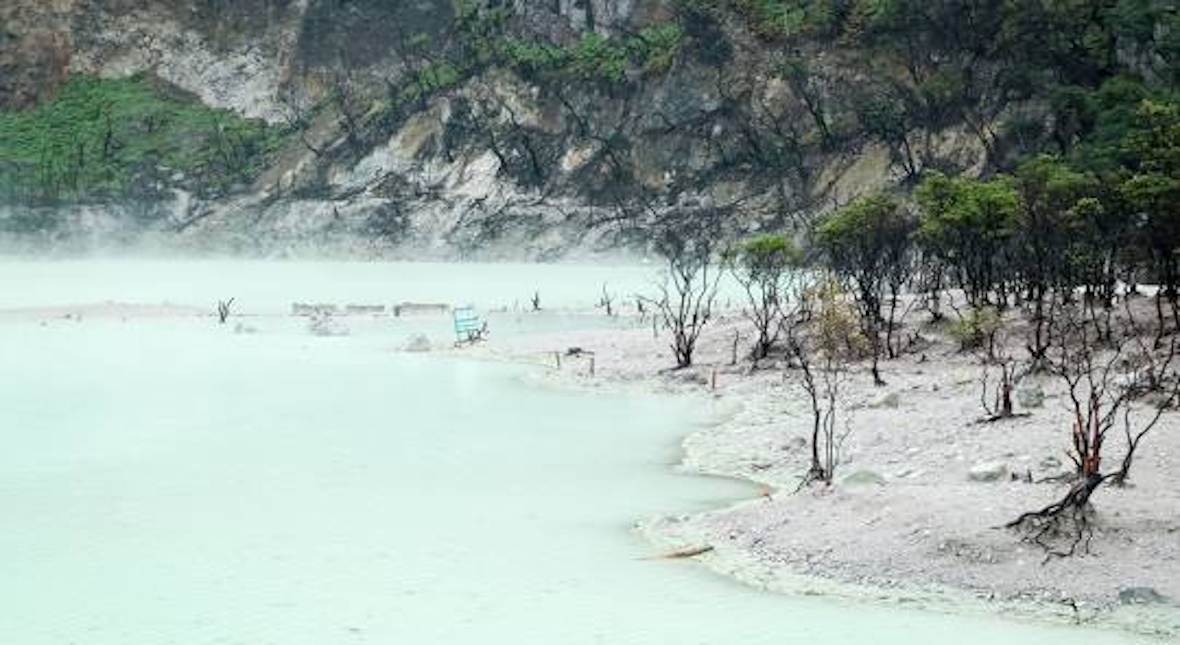
Ecology and the Ghost Forest: Life on the Edge of Acidity
At first glance, the landscape around Kawah Putih looks barren and lifeless. The crater’s rim is lined with pale cliffs and stands of skeletal trees, their bark stripped away, their branches twisted like frozen flames. This eerie scenery has earned it the nickname “the ghost forest.” Yet while the environment appears desolate, a closer look reveals a delicate struggle for survival — plants and organisms adapting to one of the harshest environments on Earth.
Why Most Plants Cannot Survive
The soils around Kawah Putih are saturated with sulfur compounds and acidic seepage from the lake. The pH of these soils often drops below 3, making it impossible for most plants to absorb nutrients. Essential minerals such as calcium, magnesium, and potassium dissolve and leach away, leaving toxic concentrations of aluminum and iron. For ordinary vegetation, this is a death sentence: roots cannot function properly, and leaves wither under chemical stress.
The Survivors: Acid-Tolerant Flora
Despite the hostile conditions, a few hardy species manage to cling to life. Among the most common are:
-
Casuarina junghuhniana (cemara gunung): a mountain pine-like tree that tolerates poor, acidic soils and can survive where others fail.
-
Vaccinium varingiaefolium: a type of wild blueberry adapted to volcanic highlands.
-
Ferns and mosses, which thrive in acidic, nutrient-poor soils by drawing moisture from mist and rain rather than directly from the ground.
These survivors form patches of green against the stark background, a fragile reminder that life always seeks a foothold, no matter how extreme the environment.
The Ghost Trees
The twisted, barkless trees around the crater are perhaps the most haunting feature of Kawah Putih. Their skeletal appearance is caused by a combination of acidic mists, toxic gases, and leached soils. Leaves are stripped away season after season, bark falls off as acidity corrodes protective layers, and only bare trunks remain. Visitors often describe the forest as resembling a battlefield after some invisible chemical war.
Interestingly, many of these trees are not dead but exist in a state of stunted survival, sprouting leaves farther away from the direct influence of fumes. Step just a little farther from the shore, and the forest thickens, turning lush and green again — a striking illustration of how sharply defined the chemical boundaries are.
Wildlife: Absence Speaks Volumes
Unlike other Indonesian highland forests, Kawah Putih lacks the calls of birds and the hum of insects near the crater. The gases are simply too toxic. Birds that stray too close can collapse mid-flight, while insects rarely venture into the acidic air. Instead, wildlife stays in the safer forests beyond the immediate rim, where the chemistry is less hostile. The silence adds to the eerie aura, making the crater feel otherworldly.
Ecological Value of Extremes
Though it appears bleak, Kawah Putih’s ecology is scientifically valuable. Studying how plants and microbes adapt to extreme acidity helps researchers understand resilience and recovery in disturbed environments. It also offers clues to how ecosystems might respond to acid rain, industrial pollution, or mining waste — modern parallels to this natural acid system.
A Border Between Worlds
One of Kawah Putih’s most fascinating qualities is the abrupt transition between lush highland forest and barren crater edge. Within a few hundred meters, one moves from a green landscape teeming with orchids, mosses, and ferns into a zone where only skeletal remains of trees stand against pale volcanic cliffs. It is as though Kawah Putih marks a border between two worlds — one of abundance, the other of chemical austerity.
Human Encounters and History: From Fear to Discovery
Kawah Putih has not always been the celebrated natural attraction it is today. For centuries, local communities treated the crater with suspicion, avoidance, and reverence. What seemed like a lifeless, ghostly lake was woven into folklore as a place of death and spirits. Over time, however, science and industry began to peel back the layers of mystery, transforming Kawah Putih from a forbidden zone into a site of study, exploitation, and eventually tourism.
Myths of the Haunted Crater
The earliest encounters with Kawah Putih were filtered through Sundanese cultural beliefs. Villagers noticed that no birds flew across the lake, and that animals often avoided the area. To them, this was evidence of a supernatural curse. The crater was believed to be haunted by spirits — some said ancestral souls, others said malevolent entities. Farmers in the surrounding valleys warned each other never to approach the summit, lest they anger unseen forces. For generations, Kawah Putih was marked as a taboo zone, a place not for the living.
A Scientist’s Curiosity: Dr. Franz Wilhelm Junghuhn
In the early 1830s, a German-Dutch botanist named Franz Wilhelm Junghuhn began exploring the highlands of West Java. Junghuhn was already fascinated by volcanoes, having studied them across Java, and he paid close attention to local stories about “forbidden mountains.” When he heard rumors of a lifeless crater near Mount Patuha, he set out to investigate.
What he found astonished him. The air near the crater burned his lungs, and the forest gave way to skeletal trees. Yet the lake itself gleamed with surreal color, and its shores bore mineral deposits unlike anything he had seen before. Junghuhn recognized immediately that the locals’ stories of death were rooted in fact — toxic gases truly did make the area dangerous. His documentation of Kawah Putih was the first scientific description of the crater, and it opened the door to further studies of Java’s volcanism.
Sulfur Mining in Colonial Times
Following Junghuhn’s reports, Dutch colonial authorities realized that Kawah Putih’s rich sulfur deposits could be exploited. By the late 19th century, small-scale sulfur mining operations began at the crater. Workers extracted bright yellow sulfur crystals that formed near fumaroles and lake edges. These were transported down the mountain for use in matches, explosives, and medicines.
Mining at Kawah Putih was difficult and dangerous. The air was often unbreathable, protective gear was rudimentary, and workers faced constant risk of poisoning. Unlike the better-known sulfur mining at nearby Kawah Ijen, the operations here were smaller and less mechanized, but they left traces: tunnels, pathways, and scattered equipment still visible today.
Modern Rediscovery and Tourism
By the mid-20th century, mining had ceased, and Kawah Putih slipped back into semi-obscurity, known only to locals and scientists. Then, in 1987, the Indonesian government officially developed the site for tourism, constructing access roads and facilities. What had once been feared as a cursed place became celebrated as a natural wonder, drawing both domestic and international visitors.
Today, Kawah Putih is one of West Java’s top attractions, easily accessible from Bandung. The myths of haunted spirits have given way to Instagram photos and scientific tours, yet the aura of mystery remains. Many visitors describe a strange stillness, as though the crater is aware of its dual identity: both a tourist attraction and a reminder of Earth’s violent geological forces.
The Dual Legacy
Kawah Putih’s human history is marked by contradiction. To villagers, it was a place of death. To colonial powers, a resource to exploit. To scientists, a field laboratory. And now, to travelers, a landscape of surreal beauty. This layered history adds depth to its appeal: when you stand at the crater’s edge, you are not only witnessing a geological marvel but also standing in a place where myth, science, and human ambition have intersected for centuries.
Strange Phenomena and Curious Facts: Nature’s Unsettling Tricks
Kawah Putih is not only beautiful — it is unsettling. Many of its features defy ordinary expectations of how a lake, forest, or mountain should behave. These strangenesses, once the fuel of myths and legends, are now understood scientifically, but that makes them no less fascinating.
1. A Lake That Changes Color Before Your Eyes
Perhaps the most mesmerizing feature is the shifting hue of the lake. Within hours, the waters can change from milky white to turquoise to greenish jade. These changes are not illusions but the result of fluctuating chemical conditions. Shifts in rainfall, temperature, or volcanic gas emissions alter the lake’s acidity and sulfur content, which in turn alters how light scatters. For a visitor, it feels as though the lake is alive, repainting itself in real time.
2. Jewelry Tarnishes in Minutes
Visitors wearing silver rings or necklaces often find them turning black within minutes. This is due to hydrogen sulfide gas (H₂S), which reacts with silver to form black silver sulfide. The same process tarnishes coins, camera tripods, and even zippers. For many travelers, this sudden chemical “trick” is the most tangible sign of Kawah Putih’s hidden power.
3. A Silent Landscape
Unlike most highland forests of Java, where bird calls and insect hum fill the air, Kawah Putih’s crater is eerily quiet. Birds avoid flying across the lake, and insects rarely thrive near the shoreline. The gases are simply too toxic. This silence unsettles many first-time visitors, giving the impression of stepping into a place outside the rhythms of normal life.
4. Acid That Mimics Fire
The lake’s acidity is so strong that it can scorch skin much like a burn from actual flames. This is why authorities strongly discourage people from touching the water. Rocks near the lake edge show visible etching, and any organic material that falls in is quickly broken down. To witness this is to realize that Kawah Putih is, in effect, a lake of chemical fire disguised in turquoise beauty.
5. The Paradox of Cool Air and Deadly Heat
At 2,430 meters above sea level, the air around Kawah Putih is cool and refreshing, often dropping below 15°C. Yet just a few meters below the surface of the earth, hydrothermal fluids bubble at near-boiling temperatures, releasing acids and gases. The environment embodies a paradox: serenity above, inferno beneath.
6. A Natural Mirror of Distant Worlds
Astrobiologists often cite Kawah Putih as a natural model for environments beyond Earth. The combination of acidity, sulfur chemistry, and extremophile microbes makes it similar to conditions hypothesized for Mars, Jupiter’s moon Europa, and Saturn’s moon Enceladus. To study Kawah Putih is not only to understand Earth’s volcanism but also to imagine how alien lakes might behave.
7. A Place That Creates Ghost Forests
The surrounding skeletal trees, bleached white and stripped of life, give the landscape an apocalyptic feel. Scientists call this “acid fog damage,” caused by acidic mists that rise from the lake and settle onto the forest. To a visitor, it looks like a petrified world, frozen mid-collapse.
8. A Crater That Breathes
At times, Kawah Putih seems to breathe. Mist rises in ghostly waves, shifting with wind and gas emissions. From certain angles, it looks as though the lake is exhaling, releasing the hidden breath of the mountain. This visual effect once convinced locals that spirits moved invisibly across the surface.
Global Context and Comparisons: The White Crater Among Earth’s Acid Lakes
Kawah Putih is not the only acidic crater lake in the world, but it belongs to a rare and scientifically important group. By comparing it with other volcanic lakes across the globe, we can better appreciate both its uniqueness and its role in understanding volcanic systems.
Kawah Putih and Kawah Ijen (Indonesia)
Only about 100 kilometers away lies Kawah Ijen, perhaps the most famous acid crater lake on Earth. While Kawah Putih dazzles with its shifting turquoise shades, Ijen glows an even more surreal electric blue at night, thanks to burning sulfur gases that ignite as they escape from vents. Both lakes are extremely acidic, but Ijen is deeper, hotter, and more actively mined for sulfur to this day. Kawah Putih, by contrast, is quieter, smaller, and more stable, making it more accessible for visitors and less industrially disturbed.
Poás Volcano (Costa Rica)
In Central America, Poás Volcano hosts another striking crater lake, also turquoise and highly acidic. Poás is far more explosive than Kawah Putih, with frequent phreatic eruptions that can blast apart its crater in seconds. For this reason, access to Poás is often restricted. Kawah Putih is less volatile, its chemistry shifting more slowly, which allows tourism to thrive in a way that would be impossible at Poás.
Mount Ruapehu (New Zealand)
On New Zealand’s North Island, Mount Ruapehu harbors a crater lake beneath its snow-capped summit. While not as acidic as Kawah Putih, it plays a dangerous role in creating lahars — deadly volcanic mudflows that rush down valleys when the lake’s water suddenly bursts through ice and ash. Kawah Putih does not pose such immediate risks, as its smaller size and stable rim prevent catastrophic outflows, but both lakes illustrate how crater waters can be both mesmerizing and menacing.
Lake Nyos (Cameroon)
Not all volcanic lakes are acidic — some, like Lake Nyos in Cameroon, are deadly for another reason. In 1986, Nyos released a sudden cloud of carbon dioxide, suffocating more than 1,700 people in nearby villages. Kawah Putih does not trap gases in this way, since it is shallow and well-ventilated. Still, the comparison highlights the hidden dangers of volcanic lakes, which may look calm on the surface but conceal lethal chemistry beneath.
What Makes Kawah Putih Unique
Among this family of lakes, Kawah Putih stands out for several reasons:
-
Accessibility: Unlike Ijen or Poás, Kawah Putih requires no night hikes or special permits — it is one of the world’s most visitor-friendly acid lakes.
-
Color transformations: While most lakes maintain relatively stable hues, Kawah Putih’s constant shifts from white to green to blue create a living canvas.
-
Ghost forest ecosystem: Few other lakes exhibit such dramatic tree damage in the surrounding landscape, making Kawah Putih’s ecology both eerie and scientifically valuable.
-
Cultural history: The blend of myths, colonial mining, and modern tourism gives Kawah Putih a layered human story unlike the purely scientific or industrial narratives of other crater lakes.
A Window Into Earth’s Extremes
By comparing Kawah Putih to these global counterparts, we see that it is part of a broader geological pattern: volcanoes creating cauldrons of strange chemistry. Yet Kawah Putih remains distinct in its beauty, accessibility, and haunting atmosphere. It is both representative of Earth’s volcanic power and unique in its particular expression — a turquoise jewel set high in the mountains of Java.
Kawah Putih Today — Conservation, Tourism, and Future Research
Tourism and Human Impact
Today, Kawah Putih is one of West Java’s most visited natural attractions, drawing thousands of travelers each year. Its accessibility — just a two-hour drive from Bandung — makes it a favorite weekend escape. Wooden walkways and viewing platforms have been built to allow visitors safe access to the crater rim without disturbing the fragile ecosystem.
Yet, with popularity comes challenges. Large crowds can stress the environment, leaving behind litter, trampling sensitive soils, and adding to local traffic congestion. Sulfur gases, though less intense than in the past, can still pose health risks for people who stay too long near the lake. Park rangers often advise visitors not to linger by the water’s edge for extended periods.
Balancing access and preservation remains a constant challenge. Too much infrastructure could spoil the crater’s wild, ethereal atmosphere; too little management risks damaging both the site and visitors’ safety.
Conservation Measures
Efforts are underway to preserve the uniqueness of Kawah Putih. The area is officially protected as part of the Mount Patuha Nature Reserve, limiting deforestation and mining. Reforestation projects around the crater aim to stabilize soils and restore some of the natural forest cover lost during earlier periods of exploitation.
Environmental education programs are also growing, teaching visitors about the fragile chemistry of the crater and why it must not be polluted. Signs remind tourists not to throw coins or other objects into the lake, as even small disturbances can alter its chemistry or add toxins to the already delicate water balance.
Future Research Opportunities
For scientists, Kawah Putih remains a natural laboratory. Ongoing studies focus on:
-
Volcanic gas emissions and how they interact with water.
-
Microbial life adapted to acidic conditions, which may hold clues for biotechnology.
-
Geothermal energy potential, since the same heat that powers the crater could one day provide renewable electricity.
-
Long-term monitoring, to better understand how stable the system is and whether it could pose future hazards.
The crater is also a valuable site for climate-related studies. Because the lake reacts sensitively to rainfall, evaporation, and gas input, it acts as a natural sensor of environmental change. Tracking its chemistry over decades could reveal how tropical volcanoes respond to global climate shifts.











